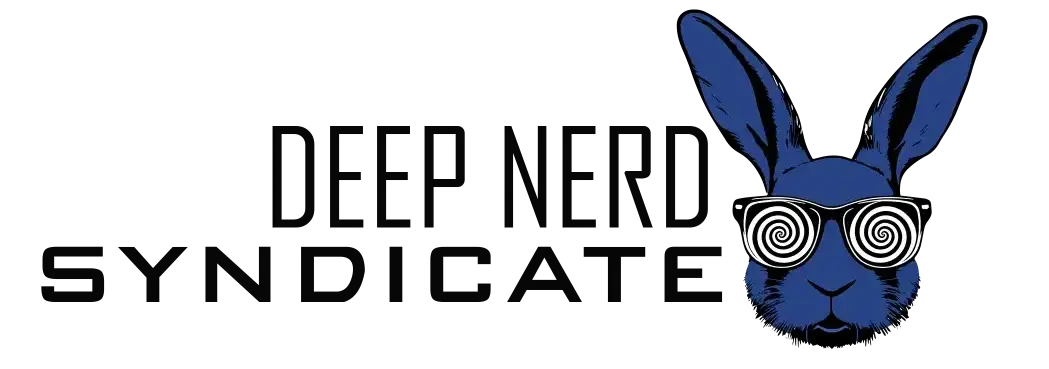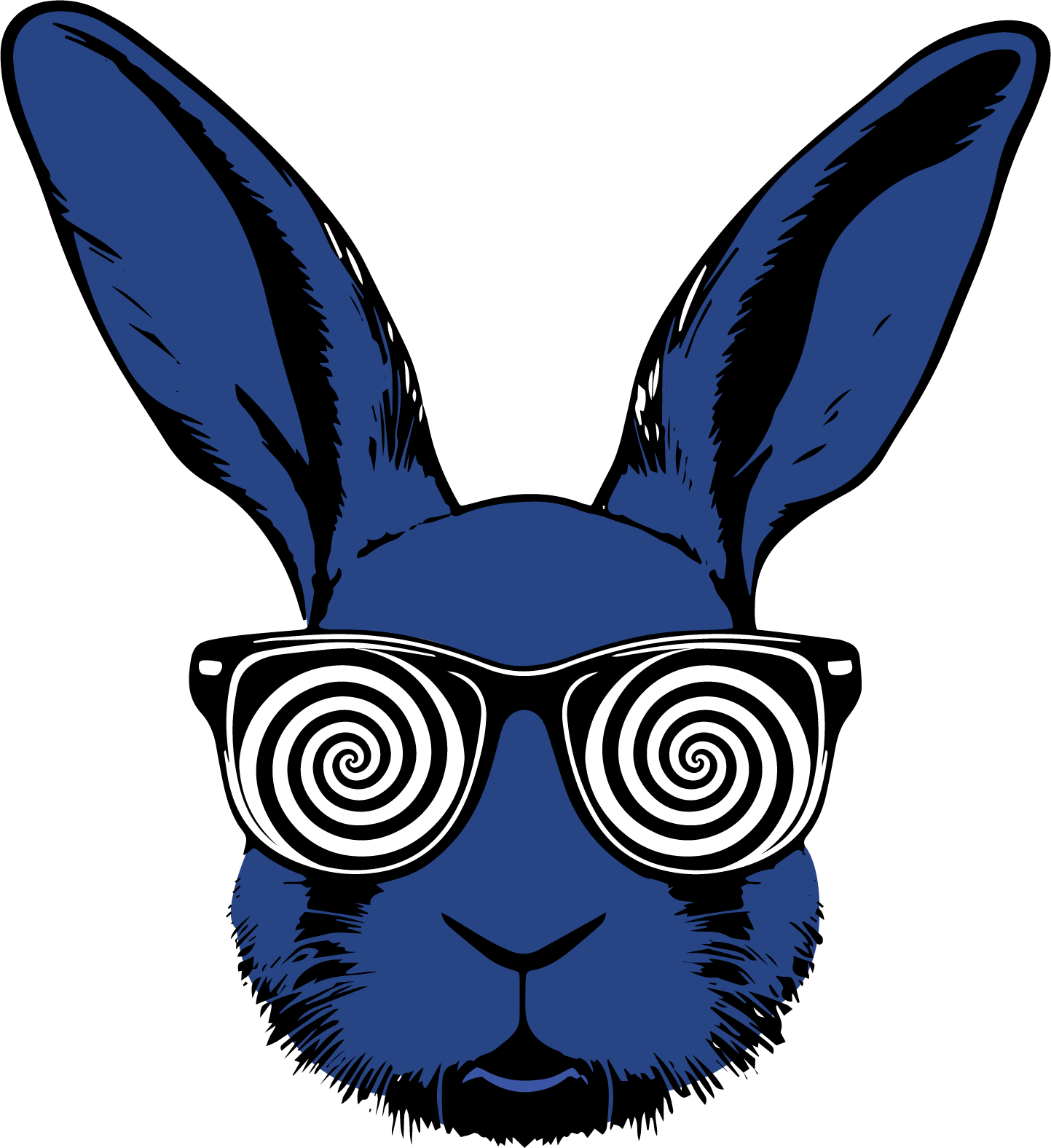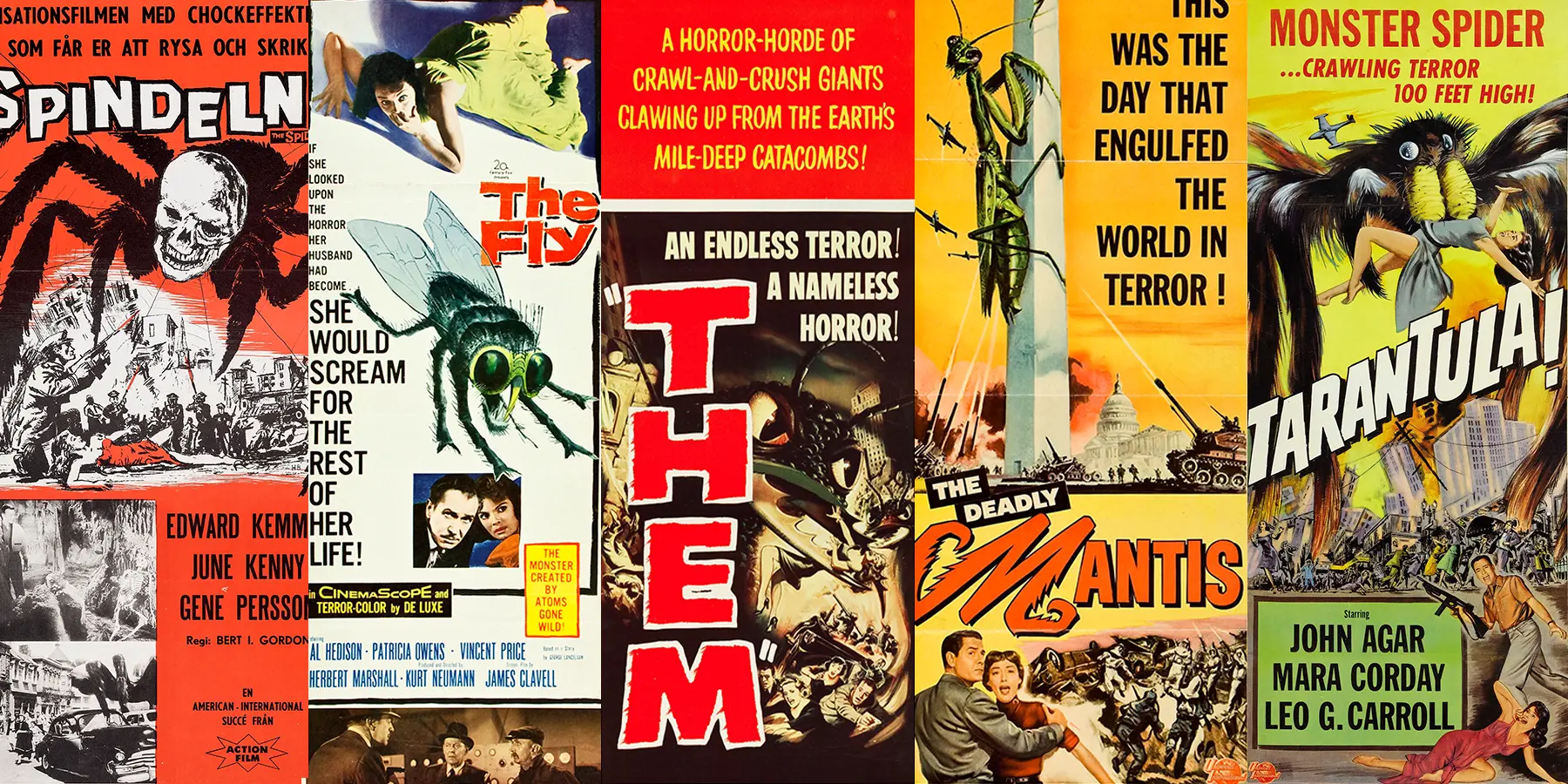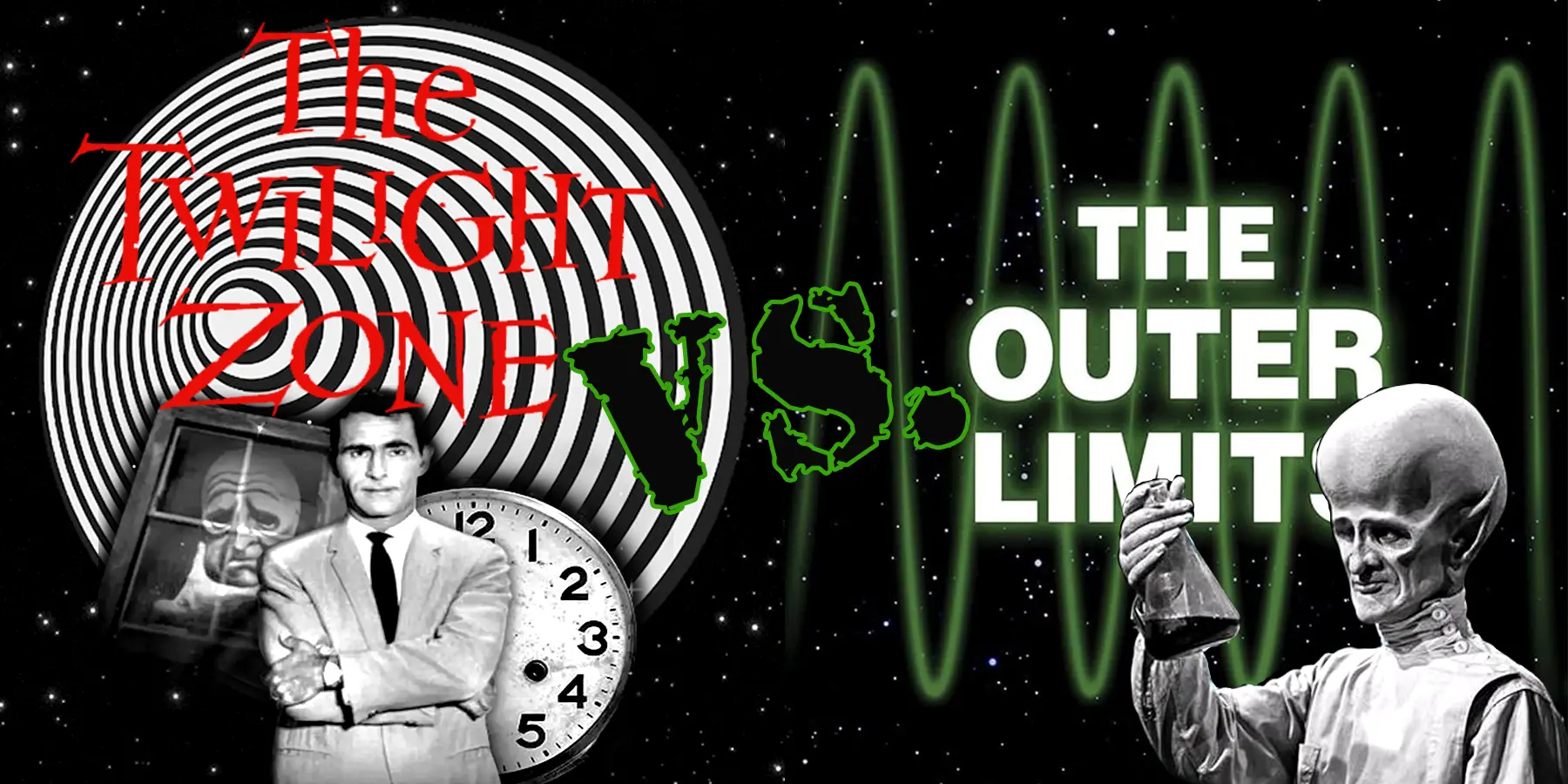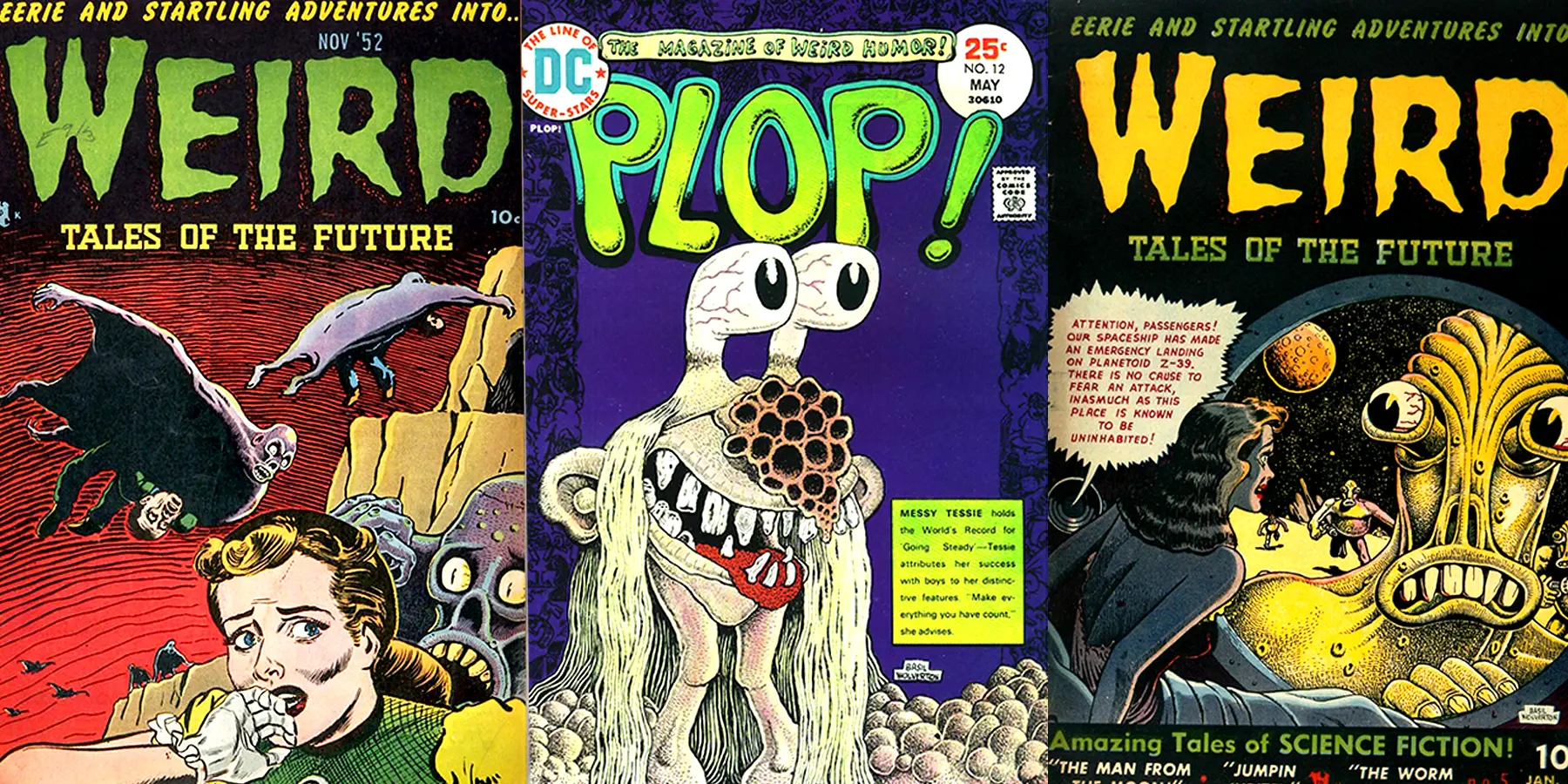If there were ever a king of Florida-based, low-budget cinema with a knack for killer snakes, jellyfish men, and telepathic shark whisperers, that crown belongs to William Grefé. A true grindhouse guerrilla filmmaker, Grefé carved out a legacy from the swamps and strip malls of the Sunshine State—proving you don’t need a Hollywood budget to deliver cult film gold.
Let’s dive deep into the wonderfully wild filmography, outrageous behind-the-scenes stories, and creature-feature charm that define William Grefé’s unforgettable contribution to cinema.
The Grefé Formula: Low-Budget, High-Impact
Starting in the 1960s, William Grefé made films that played loud, fast, and dirty at drive-ins across America. His secret? Bold ideas, sensational marketing, Florida landscapes, and fearless filmmaking with live animals, local actors, and the occasional aging movie star or genre icon.
His films weren’t trying to win Oscars—they were trying to grab your attention with a title like Death Curse of Tartu or a man being strangled by an octopus-wearing scuba diver (Sting of Death, we’re looking at you).

Key Films in Grefé’s Filmography
Sting of Death (1966)
A mutated jellyfish-man terrorizes bikini-clad college kids in the Everglades. The monster suit? Homemade. The dance scenes? Bizarre. The cult status? Undeniable.
Death Curse of Tartu (1966)
A supernatural witch doctor resurrects in animal form to punish archaeologists. Think “swamp mummy” meets Scooby-Doo with a Florida flavor.
The Hooked Generation (1968)
A gritty dive into drug smuggling and hippie despair, this film tackles the counterculture through a crime lens—and features real boats, real guns, and real danger on the open water.
The Naked Zoo (1970)
Rita Hayworth, yes that Rita Hayworth, stars in this steamy drama about murder, infidelity, and manipulation. It’s one of Grefé’s most surreal turns into noir-infused exploitation.
Stanley (1972)
A Vietnam vet and his army of pet snakes go on a revenge spree. Think Willard, but with reptiles—and yes, they were very real snakes.
Impulse (1974)
William Shatner plays a deranged gigolo conman. Equal parts creepy and campy, it’s one of Shatner’s most over-the-top roles, and that’s saying something.
Mako: The Jaws of Death (1976)
Jumping on the Jaws wave but veering into psychic animal territory, Richard Jaeckel plays a loner who mind-links with sharks. Real underwater footage. Real sharks. Real weird.
The Faces Behind the Freakouts
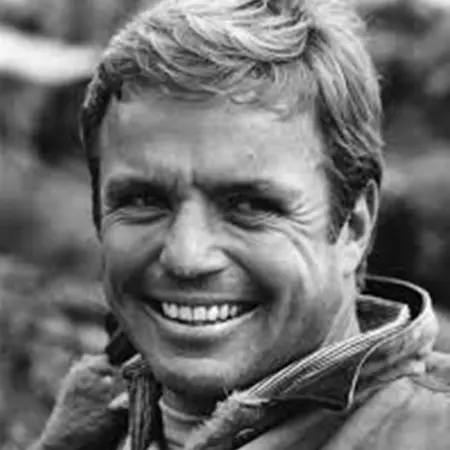
Richard Jaeckel
Known for war and western films, Jaeckel brought surprising gravitas to Mako. His serious performance balanced the absurd premise and gave the film unexpected emotional weight.
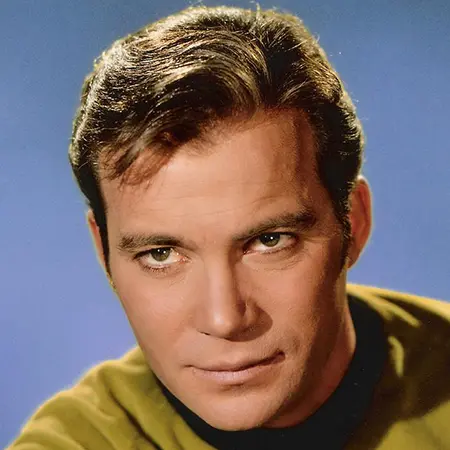
William Shatner
In Impulse, Shatner ditches the spaceship and goes full psycho. His unhinged performance is legendary among cult fans—and proof that Grefé could draw out a wild side from even the most buttoned-up stars.
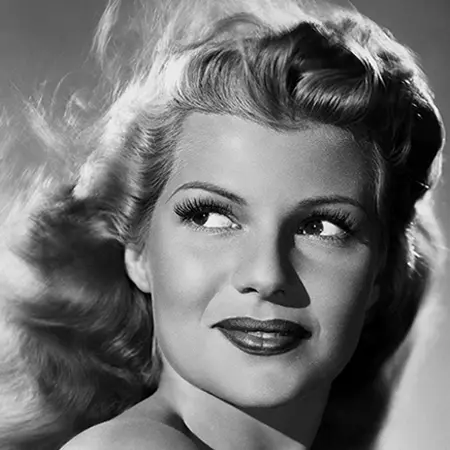
Rita Hayworth
Yes, Gilda herself appeared in The Naked Zoo. It was near the end of her career, and her presence bridged Old Hollywood glamor with the chaotic freedom of 1970s exploitation cinema.
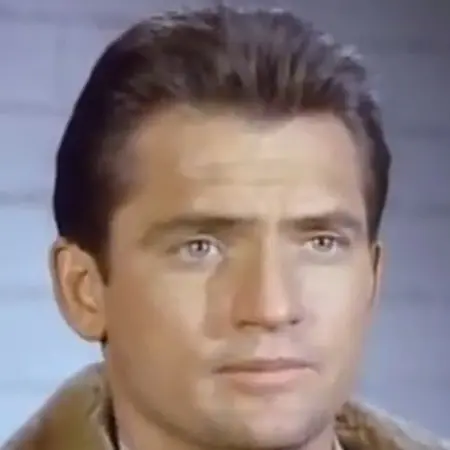
Chris Robinson
A Grefé regular, Robinson appeared in The Hooked Generation and Stanley, effortlessly shifting from anti-hero to unhinged villain.

Doug Hobart
Actor and effects man rolled into one. Hobart literally was the monster in Sting of Death and helped shape the gooey look of Grefé’s creature features.
Florida: Grefé’s Swampy Studio Backlot
No backlots here. Grefé used real Florida locations as his soundstage—and that’s part of what gives his movies their unique flavor.
- The Everglades: Foggy swamps, tangled mangroves, and alligator-infested waters? Perfect horror fodder, used in Sting of Death and Tartu.
- Miami: From gritty drug dens to posh mansions, Miami served as both seedy underworld and high-society backdrop.
- Key Biscayne: Used in Mako, where sharks swam in natural waters and gave authenticity you can’t fake in a tank.
Yes, Those Were Real Animals
You read that right. Grefé didn’t use rubber props—he used live creatures:
- Snakes in Stanley: Rattlesnakes and pythons slithered around actors for real, no CGI safety net here.
- Sharks in Mako: Real sharks, real underwater sequences, and even a shark trainer in the cast. Grefé was serious about getting the shot—no matter how dangerous.
Notable Collaborators Behind the Madness
- Gary Crutcher: Co-writer of The Hooked Generation and The Psychedelic Priest. His scripts added that gritty edge and rebellion.
- Gene Corman: Yes, Roger’s brother. Their work on Racing Fever connected Grefé to the larger world of exploitation royalty.
- Robert Morgan: Cinematographer who brought polish and flair to even the tightest budgets.
- Bobby Bresee: Horror queen and cult favorite, her role in Mako helped solidify Grefé’s standing in the monster movie circuit.
Grefé’s Legacy in Exploitation Cinema
William Grefé’s impact isn’t about big box office numbers—it’s about heart, hustle, and horror on a dime. His films remain cult classics because they dared to be different, weird, and uniquely regional. His work proved that:
- You can make a movie with little more than guts and gators.
- You don’t need Hollywood to craft unforgettable scenes.
- Practical effects, wild ideas, and creative casting go a long way.
Modern indie horror filmmakers owe a lot to Grefé’s fearless DIY spirit—and thanks to film restorations and streaming re-releases, a new generation of fans is discovering his wild world of Everglade exploitation.
Final Thoughts: Drive-In Dreams and DIY Nightmares
William Grefé’s movies might not have the polish of big-budget Hollywood flicks, but they have something better: personality. From psychic shark whisperers to swamp witch doctors, Grefé’s films remind us that cinema can be raw, risky, and ridiculously fun.
So the next time someone tells you great movies only come from big studios, cue up Stanley or Mako, turn the lights down low, and let the snakes do the talking.
